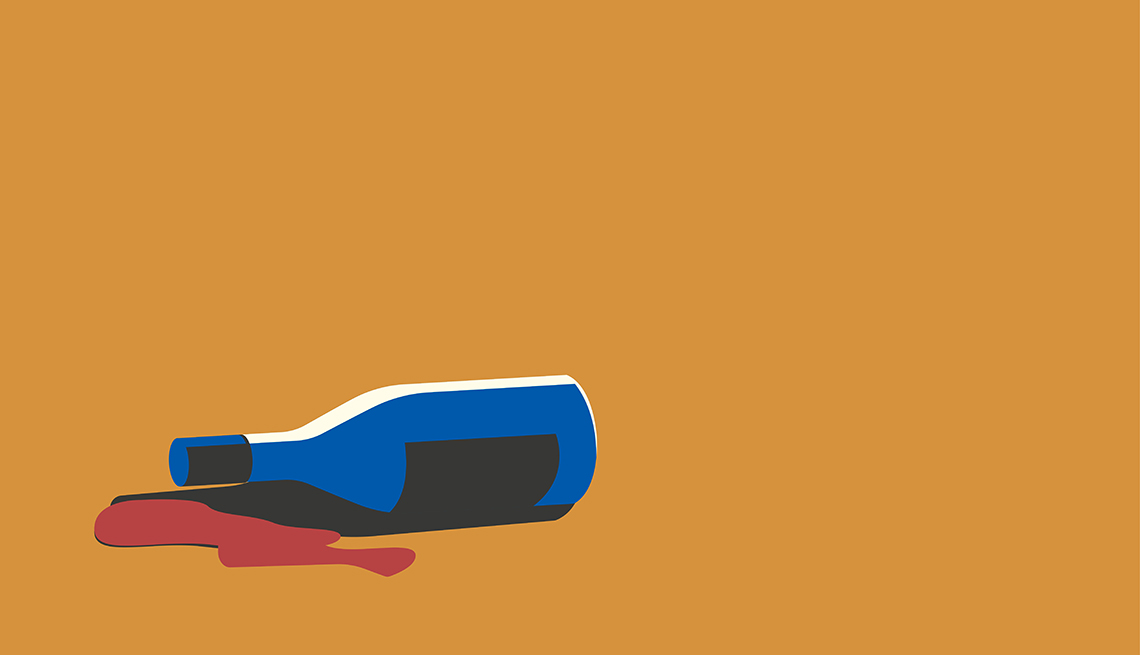Many people are surprised to learn what counts as a standard drink. The amount of liquid in your glass, can, or bottle does not necessarily match up to how much alcohol is actually in your drink. Different types of beer, wine, or malt liquor can have very different amounts of alcohol content. Different countries across the world have defined a standard drink differently based on the alcohol content in grams. In UK a “standard drink” — defined as 44 ml (1.5 oz) of distilled liquor (80 proof, or 40 percent alcohol by volume), 360 ml (12 oz) of beer (5 percent alcohol), or 150 ml (5 oz) of wine (12 percent alcohol) — contains about 15 g of alcohol. Bulgaria and Austria were very friendly to drink lovers and defined a standard drink which contains about 20 g of alcohol while in Republic of Korea a standard drink would be only 8 g of alcohol. Most of the countries in the world including India do not define a standard drink though it is one of the most popular drink across the globe.
Statistical Facts
- Revenue in the Alcoholic Drinks market amounts to US$1,609.00bn in 2023.
- The market’s largest segment is the segment Beer with a market volume of US$610.00bn in 2023.
- In global comparison, most revenue is generated in China (US$336.40bn in 2023).
- In relation to total population figures, per person revenues of US$209.40 are generated in 2023.
- The average volume per person in the Alcoholic Drinks market is expected to amount to 36.73L in 2023.
According to Indian Council of Medical Research survey conducted in 2017-18 following facts came to light about drinking problem or problem drinker in the country.
- Mean age at initiation of drinking alcohol in India: 22 years
- For every one woman who consumed alcohol, there were12 men who consumed alcohol.
- 1 in 10 men reported drinking more than or equal to 6 standard drinks in one drinking occasion. (Termed as Heavy Episodic Drinking)
- Maximum number of standard drinks* in one drinking occasion 18-44 yr bracket was 5.9 drinks, whereas 45-69 yr bracket was 7.2 drinks.
- Among those who consumed alcohol in last 12 months, most common change reported daily or weekly was being unable to stop drinking alcohol once started.
- 2 in 10 adults consumed alcohol purchased from unauthorised sources in last 7 days.
Indian Regulations
As per the Food Safety and Standards Act, Alcoholic Beverages come under the definition of food. Food Safety and Standards Authority of India has mandate for providing safe and wholesome food to public, therefore FSSAI framed the standards for Alcoholic Beverages and notified the same to ensure the safety of Alcoholic Beverages. Food Safety and Standards (Alcoholic Beverages Standards) Regulation, 2018, are the regulations specifying the standards for Alcoholic beverages namely Distilled Alcoholic Beverage (Brandy, Country Liquer, Gin, Rum, Vodka and Whisky, Liquer or Alcoholic cordial), Wines and, Beer. It also specifies the specific requirement for labelling of Alcoholic Beverages in addition to the labelling requirements of Food Safety and Standards (Packaging and Labelling) Regulations, 2011. The specific labelling requirements are declaration of alcohol content, labeling of standard drink, not to contain any nutritional information, no health claim, restriction on words ‘non-intoxicating’ or words implying similar meaning on label of beverage containing more than 0.5 per cent alcohol by volume, Labelling of wine, Allergen warning, statutory warning etc. These regulation came into force from the date of their publication in Gazette, and came into force from 1st April 2019.
*One standard drink was defined as amount of ethanol in a standard glass (with net pure alcohol content of 10 grams) of beer, wine, fortified wine such as sherry and spirits.



